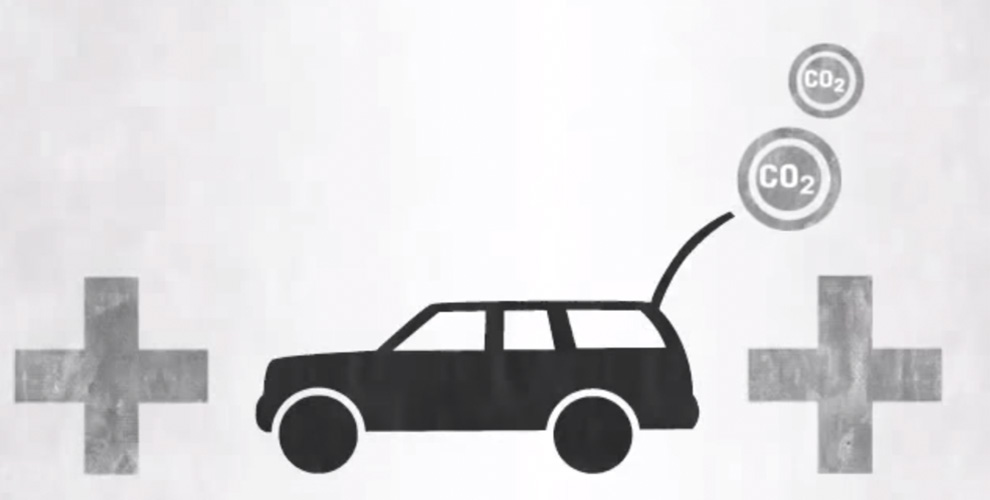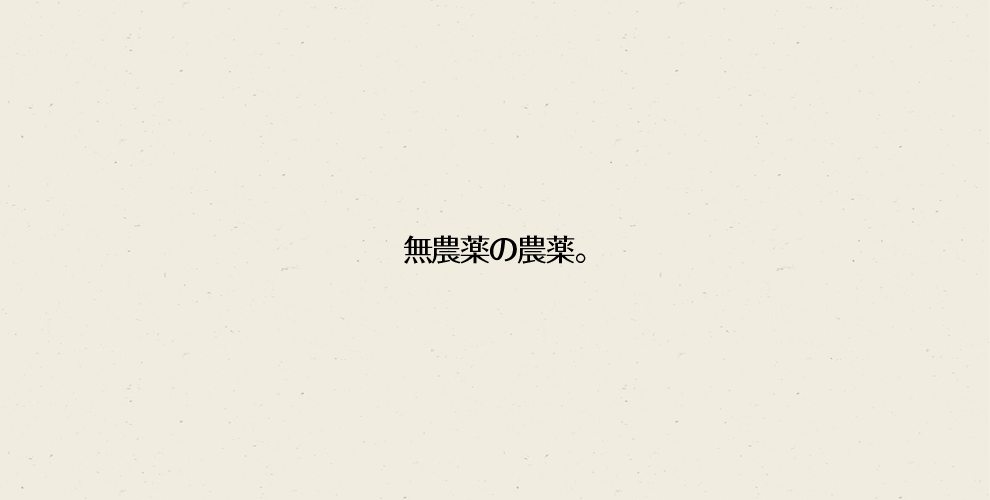“Mango-An yori” by Dave Ashworth
04/12/2011
Mango-An yori
(Words) from my Mango Hut
by Dave Ashworth,
Mango-an (the Mango Hut) is a peaceful place overlooking Diamond Head and Honolulu Harbor from the West. A great place for breakfast at sunrise, celebrating the myriad ways the sun and clouds paint the early morning skies. It is a good place to contemplate our place in the universe. And great for watching mangoes grow to fruition, how the tree supports the lifecycles of various kinds of creatures that steal the mangoes while they are still on the tree, the great generosity of such a tree to support so many different creatures, including―sometimes, at least–myself and my family. Beyond the fence is a Filipino family with lots of roosters that are a natural alarm clock.
 I would like to begin with a comparison, a speculation about myself. I was raised until 11 years old in a rural town, Pembroke Massachusetts. My father and grandfather both worked outside of Boston, but also at home, engaged in growing vegetables, fruits, and raising chickens, ponies (only two), and pigs (again, only a couple). In those days (1940-1950) everyone in town was a “farmer” of some kind. That is, they grew most of their own foods. My father also had a fishing trawler and caught smelt off the coast of Plymouth. I really did not enjoy the fishing boat, since my only contact with it was to scrape off the barnacles off when he pulled it up on shore.
I would like to begin with a comparison, a speculation about myself. I was raised until 11 years old in a rural town, Pembroke Massachusetts. My father and grandfather both worked outside of Boston, but also at home, engaged in growing vegetables, fruits, and raising chickens, ponies (only two), and pigs (again, only a couple). In those days (1940-1950) everyone in town was a “farmer” of some kind. That is, they grew most of their own foods. My father also had a fishing trawler and caught smelt off the coast of Plymouth. I really did not enjoy the fishing boat, since my only contact with it was to scrape off the barnacles off when he pulled it up on shore.
So, we were mainly self-sufficient for food. My job in all of this from about age 6, was to clean the chicken coop and the stable to collect fertilizer for the gardens, to dig up the potatoes and carrots, harvest beans, tomatoes and so on, so my mother and grandmother could can them for winter, make jams and jellies, apple cider and so on.
A forest grew about 150 yards back from my house, a cranberry bog about one half -mile long separated us from my grandparents’ home. I would venture into the forest with my dog Spot, a beagle, to explore the streams, ponds, swamp area, the trails of animals and humans, one of which led to my school about 3 miles away. From this early age, I would watch for wildcats, skunks, badgers, collect wild berries, watch fish in the streams, snakes near the swamp and the corral. I thoroughly enjoyed “escaping from the human world,” to imagine what life had been like long before I existed. My grandmother taught me to read (and write); I learned geography from my father’s stamp collection, science from an ancient set of Encyclopedia Britannica in my grandfather’s library. All in all, I developed a love of the outdoors, the scents and temperatures, the flavors and meals of each season.
At age 11, we moved to an urban town (Cos Cob) in Connecticut, and later to the “South Shore” area near Boston. From that time on, I experienced both urban and rural life, developed a deep love for nature, appreciated the conservation efforts made in my new hometown to preserve its natural beauty.
Looking back on the love of the land, a permanent aspect of my life and my mind, I wonder how I would see the world if I had been born in the urban setting 50 years later, and grew up surrounded by electronic media, computers and computer games, virtual reality, taking social networking for granted, looking more at computer screens and gadgets than wandering in the wilderness, enjoying mountains and rivers? What kind of “nature heritage” would occupy my mindset?
I really want to figure what my mindset would be like? What role would nature play in it? In contemplating this question, a movie, “Soylent Green,” came to mind. In the film, about an overpopulated Earth, people accepted the rule that at age 65 (or so) they would be peacefully put to sleep, and their flesh would be processed into food called “Soylent green.” When the main character of the film reached 65, the film showed him taken to a comfortable home to relax, while they showed him a movie of natural beauty, playing music as background–if I remember, it was the Pastorale Symphony, after which he passed away peacefully. It was the only ‘view’ of nature ever accessible to him in his lifetime.
So the question arises, not necessarily that we will end up in such a scenario, but rather, will there be a time when most of the population will know about the beauties of nature only from videos and music? Or from “immersive virtual reality,” the kind of virtual reality you can sense with helmet and gloves, when you can turn around behind you and see somebody, look off in the distance and see the mountains, but it is all virtual, none of it is outside of the helmet. It’s all virtual images.
We now seem to be at a moment in transition from ‘real’ reality to virtual reality. I love to look at the way the sun plays with the clouds and the mountains at various times of day, and I really would like to photograph that interplay. However, from the ground, the view is obstructed almost everywhere by power lines, telephone poles, tall buildings, and trees. It seems that the only way one can enjoy nature photography is to become a tourist and go somewhere, or rent a helicopter. From the perspective of my youth, this is totally ridiculous, but from the perspective of modern man who has grown up in this dense forest of wires and buildings, the mountains and the trees, the rivers and the lakes and swamps are only the subject of travel brochures.
I bring up this personal experience mainly as a first step in writing my thoughts. I am especially concerned that there may be considerable difficulty for people to understand the rationale behind Gaia if their experience has been primarily urban and electronic.
. . Since I have studied literature both from east and west, enjoy reading about biology and nature, I find that there is much that I can say that hopefully will be of interest to the readers in the weeks to come. I would heartily recommend anyone who would like to get a good frame of reference about Gaia to read the book ANIMATE EARTH, Science, Intuition and Gaia by Stephan Harding.
A parting thought for now:
Twitter, i-phone, chat and videocon
They yank us away from where we were born
Away from birds, away from bugs
Away from snails and crawling slugs.
They show us image on image, sound on sound
No scents of the oceans, or the mountains outside.
We plunge into cyberspace and fantasy
Into monitors and keyboards
Into worlds that only humans know.
When away from our screens, if we go to see
The green hills and snow capped mountains
They appear only through mazes of power lines and freeways.
Accessible only through guided tours, or at executive retreats.
Dr. David Ashworth
BA Russian George Washington University 1967
PhD Linguistics, Cornell University, 1972
Former Associate Professor of Japanese in the Dept of East Asian Languages and Literatures, and Director of Center for Interpretation and Translation Studies both at the University of Hawaii.
Since before his retirement in December 2010, he has been personally and academically interested in human beings and their place in the natural world, from the viewpoints of Buddhist and Chinese philosophy to natural agriculture and the Gaia c
oncept.
oncept.
In recent years his interest and concern about the relationship of the cyberworld to the natural world have grown as computer technology has come to occupy center stage in the minds of most of the younger generation.
His principal work in the field of translation has been Translation-Mediated Communication and the Internet: Facing the challenges of globalization and localization, Clevedon (UK), Multilingual Matters.(150 pp) (March 2002).
He has also contributed to, and managed, the translation of the Japanese Neo-Confucian Yasuoka Masahiro’ classic A Study of the Japanese Ethos, which is expected to appear in late 2011.


